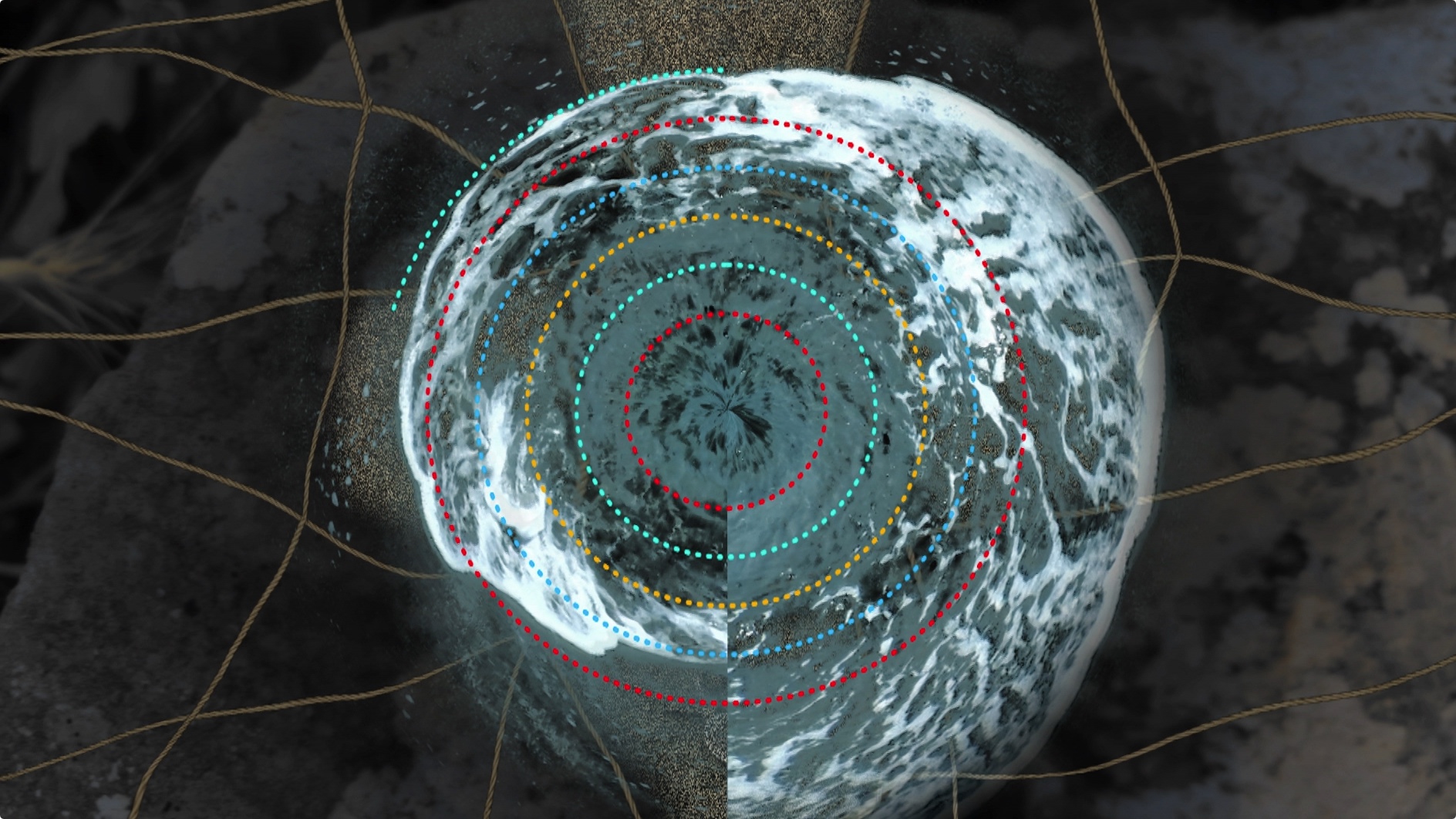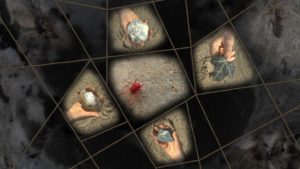Das Video oben ist ein Trailer von 3 Minuten Dauer.
Das gesamte Video ist mehr als 13 Minuten lang und wurde in den Veranstaltungen 17 Days Videos Series (USA), Lines in Between the Maze (Berlin) und in Endlosschleife auf der Ausstellung „Under Another Roof“ in IA&A at Hillyer, Washington DC. gezeigt.
NEW • 10.-27. September 2020: Screening in Endlosschleife auf der Ausstellung Wild & Connected Plus, BBK-Kunstforum Düsseldorf.
Eine spezielle 5-Minuten-Version wurde auf dem FIVAC Festival Internacional de Videoarte de Camagüey, im Kino Central, Berlin 2019 und im Screening der Medienwerkstatt 2018 in Berlin, unter dem Titel LIFE-X-CHANGE gezeigt.
NEW • 15.-25. Oktober 2020: Madatac IX, International Official Section, Cine Estudio del Circulo de Bellas Artes, Madrid.
Bleiben Sie in Kontakt, um über zukünftige Ausstellungen informiert zu werden, oder abonnieren Sie den Newsletter.
Beschreibung:
Dies ist eine neue, unabhängige und erweiterte Version des Videos „Walkabout“, das Teil der Installation „Under the Same Roof“ war. Hier klicken, um die Arbeit zu sehen.
In der Kultur der australischen Ureinwohner spielen die langen Wanderungen in der Wüste von Personen, die den Walkabout* (wie von Bruce Chatwin in „The Songlines“ („Traumpfade“), 1987, erwähnt) unternehmen, eine wesentliche Rolle, um den Kontakt und den Austausch von Ressourcen (sowohl materieller als auch spiritueller Art) zwischen Bevölkerungen zu ermöglichen, die durch enorme Entfernungen voneinander getrennt sind. Bei meiner Arbeit habe ich mich von der Idee der australischen Ureinwohner leiten lassen, ein „Territorium“ nicht als ein festgelegtes Stück Land zu sehen, sondern als ein dynamisches Netz von Pfaden, Wegen und Liedern – von Chatwin so gut beschrieben.
In meinem Video wird dieses Netzwerk durch ein Netz von Seilen auf einer darunter liegenden, sich langsam bewegenden Landschaft dargestellt. In vier zentralen Räumen zwischen den Seilen entstehen Sandflächen, in denen verschiedene Dinge geschehen: Eine Hand gräbt einen Knochen aus dem Sand, während eine andere Hand ein Blatt vergräbt, eine Hand zieht ein gefaltetes Stück Papier heraus, öffnet es und liest das Wort „Leben“, das sich in andere Sprachen verwandelt, eine Hand wirft einen Stein von einer Tafel auf die andere, neues Leben wird aus den Dingen geboren – kurz gesagt, es ist ein Spiel der Verwandlung und des Austauschs von Gegenständen und Wörtern zwischen den verschiedenen Flächen. Nach einer Weile wird alles vom Meerwasser überflutet. Die Seilstruktur verliert ihre geometrische Form und der Sand löst sich auf. Wenn sich die Flut zurückzieht, entsteht ein neues Netzwerk und andere Szenen entstehen aus dem Sand.
* „Walkabout“ wird inzwischen als „temporary mobility“ bezeichnet, weil sein ursprünglicher Name in der australischen Kultur manchmal als unangemessener Begriff verwendet wurde, ohne seine spirituelle Bedeutung zu berücksichtigen.
Titel: Songlines
Technik: Experimentelles Video und Animation
Dauer: 13’41“ in Endlosschleife
Jahr: 2018
Ton: kangaroovindaloo (Erde) und Maria Korporal (Wasser)
Konzept, Kamera, Animation, Effekte und Montage: Maria Korporal













